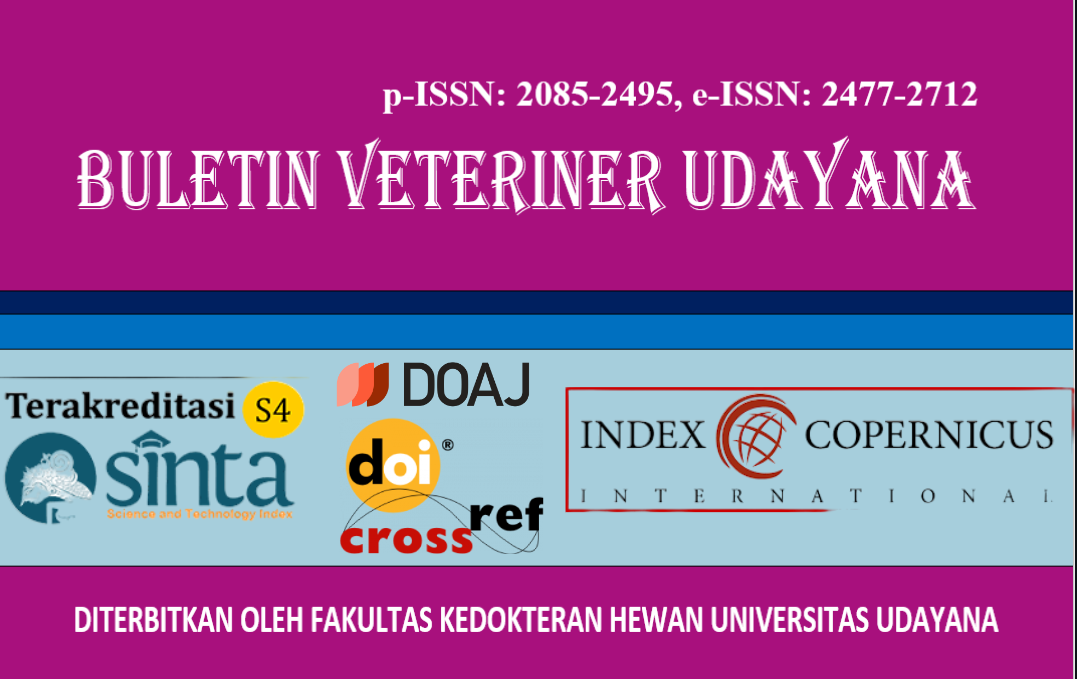ANALYSIS OF MILK QUALITY AND TOTAL PLATE COUNT IN COW MILK TRADED IN YOGYAKARTA CITY AREA
DOI:
https://doi.org/10.24843/bulvet.2024.v16.i06.p09Keywords:
analysis, contamination, identification, quality, microbe, cow milkAbstract
Ensuring food safety of animal origin is very important. Milk can contain microbial contamination as a result of contamination, poor management, and not implementing sanitary hygiene. Control of the quality of milk traded in the community needs to be carried out, so that safe, healthy, intact, and halal aspects are fulfilled. This study aims to determine the quality and contamination of microbes in cow's milk traded in the Yogyakarta City area. The sample consisted of 14 pasteurized milk and 6 samples of fresh milk. Milk quality testing includes specific gravity, fat content, and lean dry weight tests using Lactoscan® tools, as well as microbial contamination testing with the Total Plate Count (TPC) test. The data were analyzed descriptively. The results of the analysis of pasteurized milk showed an average specific gravity of 1.0183 g/ml, a fat content of 3.72%, and a dry weight without fat of 5.67%. The results of the analysis of fresh milk showed that the average specific gravity was 1.0187 g/ml, the fat content was 4.53%, and the dry weight without fat was 5.98%. The TPC test on pasteurized milk, 6 samples were not contaminated with bacteria and 8 samples showed an average TPC test result of 3.77x104 CFU/ml. The average TPC test on fresh milk was 0.742x106 CFU/ml. The quality of both milk meets the minimum requirements for specific gravity and fat content but has not met the minimum requirements for dry weight without fat, namely in pasteurized milk according to SNI 01-3951-1995 and fresh milk according to SNI 3141.1:2011. The quality of pasteurized milk and fresh milk meets the maximum requirements for microbial contamination according to SNI 7388:2009. Farmers are required to pay attention to the management aspect, especially feed management so that the specific gravity value and fat content can meet SNI standards.




